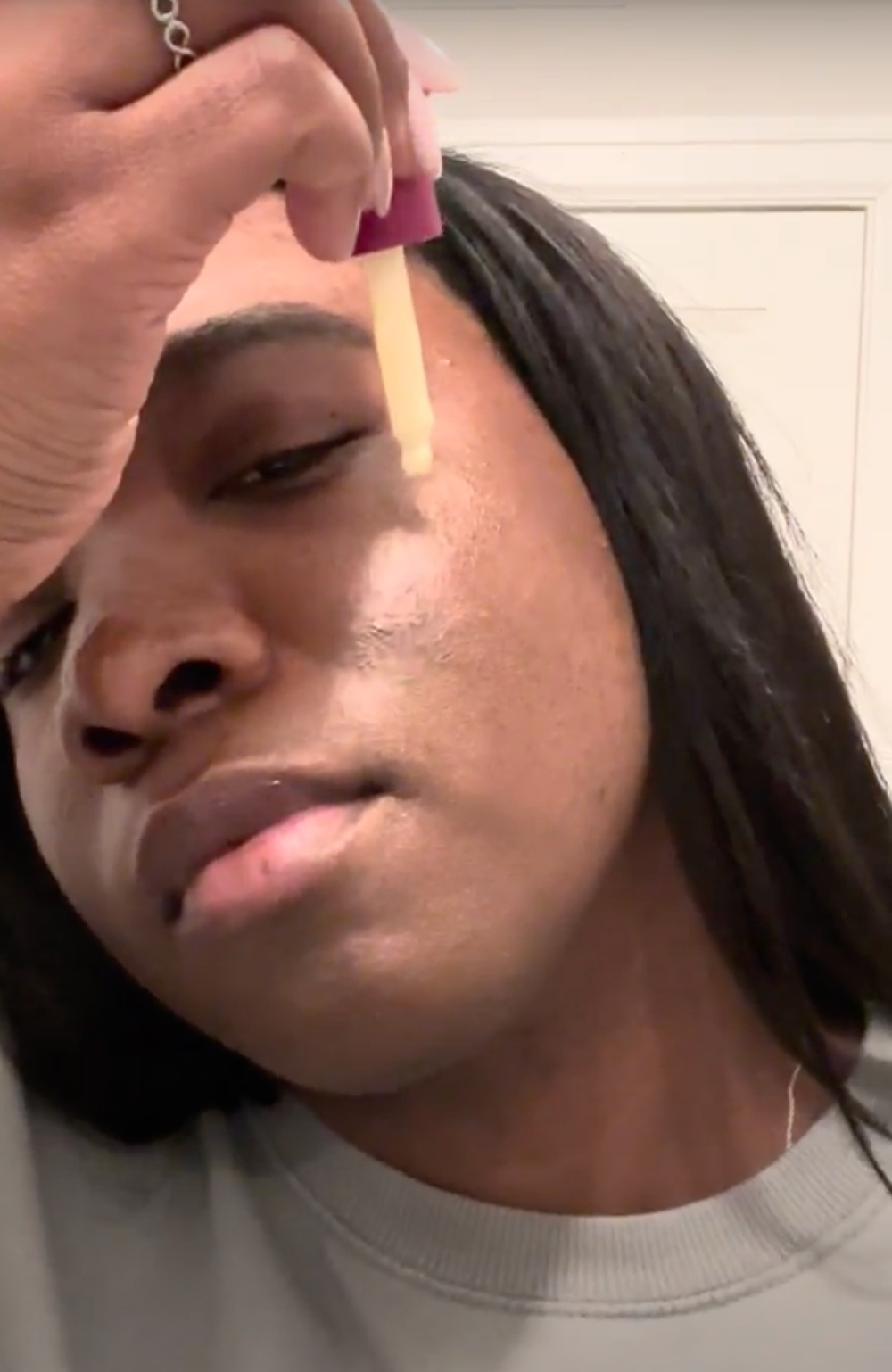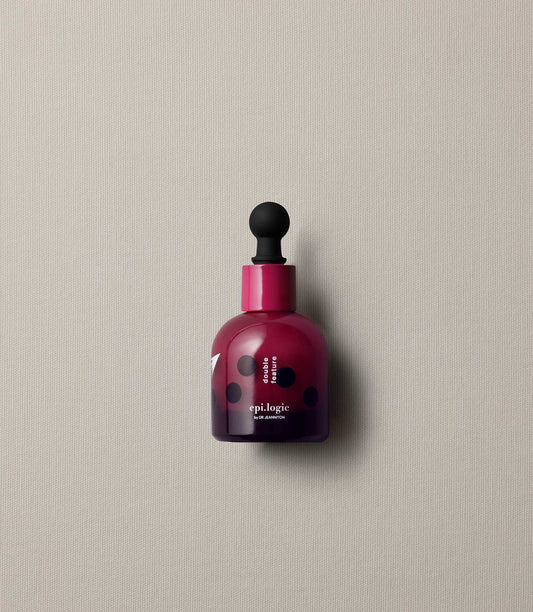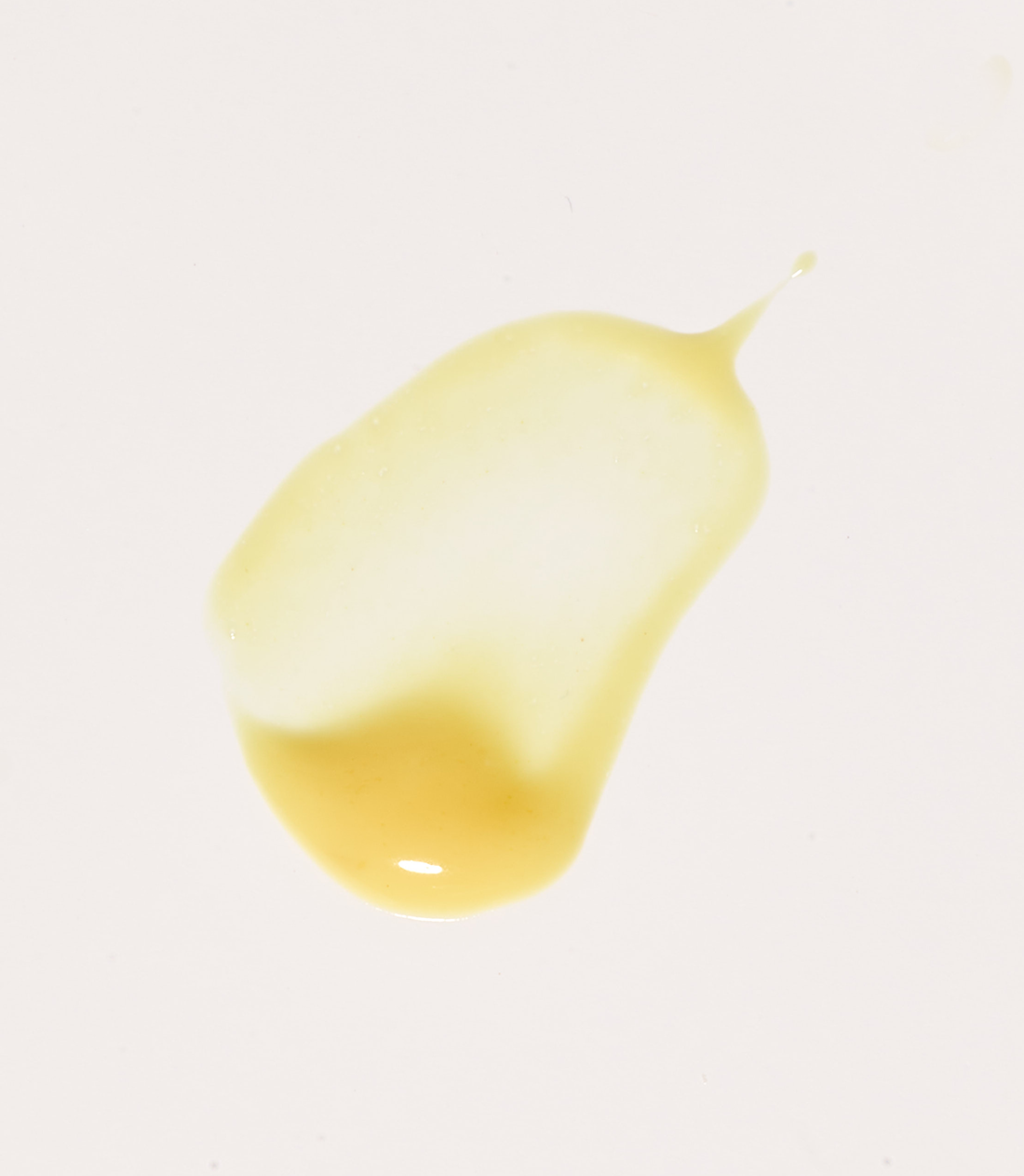Retinol—some of us swear by it, others demonize it. Fortunately, our founder, Dr. Chaneve Jeanniton, a renowned oculofacial plastic surgeon, is here to help separate fact from fiction. In addition to her POV, our recent case study on Double Feature (our Retinol + AHA Overnight Facial serum) also debunks some of the most common misconceptions about this misunderstood ingredient.
What does retinol do in skincare?
By promoting cell turnover, retinol is a powerful ingredient that increases collagen growth, reducing fine lines and wrinkles. It also unclogs pores and provides anti-inflammatory benefits against acne. Additionally, because of its ability to increase epidermal turnover rate while blocking the creation of pigment, retinol can also help lighten dark spots (read: hyperpigmentation) over time.
Is retinoid the same?
Retinol is technically a retinoid, and is by far the buzziest and most commonly used over-the-counter option. Retinoid is the umbrella term for the family of Vitamin-A derivatives that promote cell turnover but doesn’t refer to a particular ingredient. Retinoids can be either over-the-counter or prescription strength.
If retinol is so great—why all the controversy?
Basically, your skin needs time to get used to retinol and a lot of first-timers may find their skin getting more irritated and sensitive. This acclimation period—aka “the retinol uglies” is often marked by flaking, redness, dryness, and peeling.
Does it actually make your skin thinner?
Many people mistake this break-in irritation as a sign that retinol is making their skin thinner when, in fact, it’s actually doing the opposite. Over time, retinol actually makes your skin thicker by targeting cells in charge of maintaining skin structure to produce more collagen, fibronectin, and elastin. Consistent retinol use can actually have a plumping effect, helping reduce the appearance of fine lines, wrinkles, and enlarged pores, while also improving acne, scar healing, and overall texture and tone.
To de-villainize retinol even further, we tested our Double Feature retinol serum—

Can I use exfoliants like AHAs with my retinol?
Unfortunately, the answer is: Yes, but it depends. They’re technically safe to use together because retinol is designed to promote cell turnover in the deepest layers of your skin while AHAs target the uppermost layer. In fact, research has actually shown that retinol combined with exfoliants helps to fade dark spots, aka hyperpigmentation, and essentially boosts both ingredients.
That being said, product formulation is both an art and a science and striking the right balance is key when combining powerful active ingredients. This is precisely why our Double Feature serum features a combination of lactic and mandelic. Lactic acid tackles uneven skin tone and pores, adding hydration and reinforcing the skin barrier as mandelic acid delicately removes dull surface skin cells, ensuring a safer synergy with retinol while combating texture issues and hyperpigmentation.
What makes Double Feature retinol serum the exception?
To increase safety, tolerability and quality of the skincare experience, Double Feature is formulated with a time-release retinol so you can ease past (or skip!) the retinol uglies stage. In fact, 90% of participants agreed that it felt gentle and non-irritating. Our formula uses encapsulated retinol, meaning the ingredient is encased in a protective carrier system, allowing it to be released slowly into the skin with the benefit of enhanced stability.
This technology also allows us to leverage the benefits of retinal in Double Feature.
What is retinal?
It’s a newer retinoid that’s proven to have quicker impact on the skin compared to retinol. On the downside, retinal degrades faster which is why we use our encapsulation approach.


T/F—I can’t use retinol around my eyes.
False! While the thinner skin in this area can certainly be more delicate, it's also where you'll reap some of the biggest benefits of applying retinol, such as brightening, firming, and reducing fine lines. Do proceed with caution though. Thin eyelid skin will typically comfortably tolerate lower levels of active ingredients compared to the skin of your face which is why we created Eye Contact to specifically address the needs of the periocular area.
So why is it then that you shouldn’t use retinol while pregnant or nursing?
While there are no studies on the effects of retinol during pregnancy, there is plenty of evidence that oral retinoids can cause major birth defects. Since skin can absorb topicals and potentially have ingredients enter the bloodstream, it is best to avoid using retinoids throughout pregnancy and while nursing.
What’s a retinol alternative I can use while pregnant or nursing?
The good news is—there are safe alternatives with similar benefits, such as bakuchiol. This plant-based ingredient, featured in The Total Package (our bestselling moisturizer), has been praised for its proven ability to reduce the appearance of fine lines and wrinkles, helping to restore firmness, refining skin texture and even out skin tone.
At what age should I start using retinol?
Retinol is the ultimate multitasking skincare hero ingredient and addresses a myriad of concerns across different decades of life. For example, retinol has an essential role in managing acne that can be helpful for those with adolescent acne. It renews the skin, regulates sebum production and blocks some of the inflammatory pathways activated in acne. This isn’t age specific advice though, because as we all know pimples can pop up at any age.

Before + After 1 day of Double Feature
Ready to get started with retinol? Here are a few tips:
-
Go slow. Apply two nights per week and increase your usage as tolerated.
-
Don’t even think of using retinol until you’ve dialed in your daily sunscreen routine.
-
If you’re feeling extra sensitive, try the moisture sandwich technique. That involves applying a layer of moisturizer, then your retinol and following up with another layer of moisturizer.



